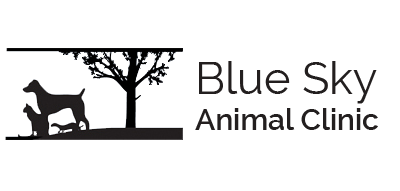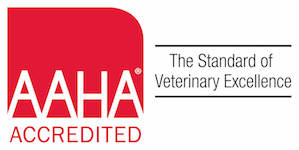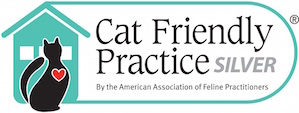Are you feeding a grain-free diet to your pet?
![]() 🌾Grain-free diets are one of the largest growing segments of the pet food market right now. More and more pet owners are reaching for these diets, which are billed as more natural for pets and less likely to cause health problems and allergies.
🌾Grain-free diets are one of the largest growing segments of the pet food market right now. More and more pet owners are reaching for these diets, which are billed as more natural for pets and less likely to cause health problems and allergies.
![]() ‼️It all sounds great…except that it’s NOT true!
‼️It all sounds great…except that it’s NOT true!![]() ‼️
‼️
![]() 📌There is no reliable evidence that suggests that it is harmful to feed grains as a group to dogs or cats. Whole grains, rather than being “fillers”, can contribute valuable nutrients including vitamins, minerals, essential fatty acids, and fiber to diets. Some grain products even provide protein that is easier for your pet to digest than some protein from meat. Even refined grains such as white rice can be beneficial for health depending on the type of diet and the pet. The vast majority of dogs (and cats!) are very efficient (>90%) at digesting and utilizing nutrients from grains in amounts typically found in pet foods.
📌There is no reliable evidence that suggests that it is harmful to feed grains as a group to dogs or cats. Whole grains, rather than being “fillers”, can contribute valuable nutrients including vitamins, minerals, essential fatty acids, and fiber to diets. Some grain products even provide protein that is easier for your pet to digest than some protein from meat. Even refined grains such as white rice can be beneficial for health depending on the type of diet and the pet. The vast majority of dogs (and cats!) are very efficient (>90%) at digesting and utilizing nutrients from grains in amounts typically found in pet foods.
![]() 📌While food allergies in pets are uncommon, allergies to grains are even rarer. The small numbers of pets that do have allergies are most likely to be allergic to animal proteins such as chicken
📌While food allergies in pets are uncommon, allergies to grains are even rarer. The small numbers of pets that do have allergies are most likely to be allergic to animal proteins such as chicken![]() 🐓, beef
🐓, beef![]() 🐂, and dairy
🐂, and dairy![]() 🥛 (which reflects how common these ingredients have traditionally been in commercial diets rather than an increased tendency to cause allergies). Gluten intolerance is also exceedingly RARE in pets, with gastrointestinal signs from consuming gluten having been confirmed only in one inbred family of Irish Setters.
🥛 (which reflects how common these ingredients have traditionally been in commercial diets rather than an increased tendency to cause allergies). Gluten intolerance is also exceedingly RARE in pets, with gastrointestinal signs from consuming gluten having been confirmed only in one inbred family of Irish Setters.
![]() 📌It is important to keep in mind that grain-free diets can vary widely in terms of their nutritional profiles including protein, fat, calories, and other nutrients. Some grain-free diets are lower in carbohydrates, which means that they can be quite high in both fat and calories. Other grain-free diets merely substitute similar amounts of highly refined starches such as those from potatoes or tapioca (cassava) in place of grains. These ingredients may provide fewer nutrients and less fiber than whole grains, while costing more. Other companies use ingredients such as peas, beans, or lentils in place of the grains to provide carbohydrates, but these ingredients are not necessarily any better for your pet than grains and may cause digestive upset in some pets.
📌It is important to keep in mind that grain-free diets can vary widely in terms of their nutritional profiles including protein, fat, calories, and other nutrients. Some grain-free diets are lower in carbohydrates, which means that they can be quite high in both fat and calories. Other grain-free diets merely substitute similar amounts of highly refined starches such as those from potatoes or tapioca (cassava) in place of grains. These ingredients may provide fewer nutrients and less fiber than whole grains, while costing more. Other companies use ingredients such as peas, beans, or lentils in place of the grains to provide carbohydrates, but these ingredients are not necessarily any better for your pet than grains and may cause digestive upset in some pets.
![]() 📌The bottom line is that “grain-free” is a marketing concept designed to sell pet food, not a health solution to help your pet live a long, healthy life. Don’t believe the hype!
📌The bottom line is that “grain-free” is a marketing concept designed to sell pet food, not a health solution to help your pet live a long, healthy life. Don’t believe the hype!
Post authored by the Clinical Nutrition Service team of Cummings Veterinary Medical Center at Tufts University—Dr. Lisa M. Freeman, DVM, PhD, DACVN, Dr. Deborah E. Linder, DVM, MS, DACVN, and Dr. Cailin R. Heinze, VMD, MS, DACVN.
—
http://vetnutrition.tufts.edu/…/grain-free-diets-big-on-ma…/




